Growing a thriving garden begins with selecting the perfect seeds, but knowing which ones to choose can feel overwhelming. Whether you’re a seasoned gardener or new to the hobby, understanding the basics of garden seed variety selection is key to achieving the best results. From matching plants to your climate and soil type to considering factors like hybridization and seed coatings, the right choice of seeds can significantly impact your gardening success. This guide will walk you through the essential aspects of seed selection, exploring everything from heirloom vs. hybrid seeds to tips for maximizing seed viability. By making informed decisions, you can ensure your garden thrives year after year. Read on to discover how to navigate the world of seeds and find the perfect varieties for your space.
How to Choose Seed Varieties
Choosing the right seed variety is crucial for a successful gardening experience. Here’s a guide to help you make informed decisions:
1. Understand Your Plant Needs
Start by determining the type of plant you wish to grow. Different plants have varying requirements, such as sunlight, water, and soil type. For instance, tomatoes thrive in warm climates, while lettuce prefers cooler conditions.
2. Evaluate Seed Types
When selecting seeds, consider the following types:
- Heirloom Seeds: These are open-pollinated seeds passed down through generations, often known for their hardiness and unique traits.
- Hybrid Seeds: Bred for specific characteristics, such as disease resistance or larger yields. They may offer uniformity but lack genetic diversity.
- GMO Seeds: Genetically modified organisms designed to resist pests or diseases. While controversial, they can enhance crop resilience.
3. Check Seed Origin and Labeling
Look for seeds labeled with detailed information about their genetics and growing requirements. Companies like Old Seed provide clear labeling, helping you make informed choices.
4. Assess Germination Rates
Before purchasing, test seed germination by soaking seeds in water. High germination rates indicate viable seeds capable of sprouting into healthy plants.
5. Review Seed Treatments
Some seeds undergo treatments to protect against diseases. Research the chemicals used and ensure they align with your gardening goals and safety concerns.
6. Look for Certifications
Seek out certifications such as USDA Organic or Non-GMO Project Verified to ensure seeds meet your standards, particularly if you prefer organic or non-GMO options.
7. Consider Storage and Viability
Store seeds in a cool, dry place in airtight containers. Check expiration dates to ensure seeds remain viable for planting.
8. Compare Prices and Quality
While heirloom seeds may be pricier, they often offer superior flavor and performance. Balance cost with quality to find the best fit for your needs.
9. Read Reviews and Seek Recommendations
Consult online forums or customer reviews to gauge seed performance. Feedback from fellow gardeners can provide valuable insights.
10. Engage with Seed Companies
Don’t hesitate to contact seed companies for assistance. Their expertise can guide you toward suitable varieties for your specific conditions.
By evaluating these factors, you can select seeds that not only meet your gardening objectives but also ensure robust growth and bountiful harvests.
Can I Just Throw Seeds on the Ground?
Yes, you can successfully plant seeds directly on the ground by following these simple steps to ensure optimal growth and harvest.
How to Plant Seeds on the Ground
- Select the Right Location: Choose a sunny spot in your yard or garden where the soil gets enough sunlight, typically 6 hours a day.
- Prepare the Soil: Loosen the top layer of soil to allow water, air, and nutrients to reach the seeds easily.
- Choose the Right Spot: Avoid areas with heavy shade or poor drainage, as seeds need consistent moisture and proper drainage to germinate.
- Plan the Layout: Mark rows or beds according to the spacing requirements of the specific plants you’re growing.
- Plant the Seeds: Scatter the seeds evenly across the prepared area, pressing them gently into the soil without burying them deeper than twice their width.
- Water Gently: Water the area thoroughly but avoid overwatering, as seeds require consistent moisture but not saturation.
- Keep the Area Weeded: Regularly remove weeds to prevent competition for light, water, and nutrients.
- Monitor Growth: Watch for signs of germination, such as sprouts appearing above the soil, and provide additional support if needed.
- Harvest When Ready: Wait for the plants to mature and reach their full potential before harvesting the fruits or vegetables.
By following these guidelines, you can enjoy a productive and rewarding gardening experience by planting seeds directly on the ground. Happy gardening!
What Are the Different Types of Seeds for Gardening?
Gardening enthusiasts have various options when it comes to selecting seeds, each suited for different purposes and preferences. Here’s a breakdown of the primary types of seeds available:
- Heirloom Seeds : These are open-pollinated seeds that have been passed down through generations. They are known for their hardiness and unique traits, often preserving historical varieties.
- Open-Pollinated Seeds : As the name suggests, these seeds rely on natural pollination by insects, birds, or wind. They are typically heirloom seeds but can also be hybrids in some cases.
- Hybrid Seeds : Created through controlled crosses, hybrids often combine desirable traits from parent plants. They may offer improved yields or disease resistance but are not heirloom seeds.
- Organic Seeds : Grown without synthetic pesticides, fertilizers, or genetically modified organisms, these seeds are popular among eco-conscious gardeners.
- GMO Seeds : Genetically Modified Organisms (GMOs) are seeds that have had specific genes introduced to enhance certain characteristics, such as pest resistance or extended shelf life.
- Wildflower Seeds : Ideal for attracting pollinators, these seeds are annual or perennial plants that bloom beautifully in diverse environments.
- Native Seeds : Specific to particular regions, native seeds are well-adapted to local conditions, making them low-maintenance and beneficial for wildlife.
When choosing seeds, consider factors like your location, growing season, and gardening goals. Whether you prefer heirloom, hybrid, or organic seeds, each type offers unique benefits for your gardening success. For more information and a wide selection of seeds, visit Old Seed .
Are Heirloom Seeds Better?
Heirloom seeds offer unique benefits that make them a valuable choice for gardeners seeking variety and sustainability. Here’s a breakdown of their advantages compared to hybrid seeds:
- Genetic Diversity: Heirloom seeds preserve rare and distinct gene pools, which is crucial for biodiversity and adaptive plant traits.
- Flavor and Texture: They often exhibit deeper flavors and harder structures, making them ideal for culinary purposes.
- Sustainability: By saving and growing heirloom seeds, you contribute to preserving traditional crop varieties, which are vital for ecological resilience.
- Adaptability: These seeds are typically hardier and more disease-resistant due to their diverse genetic makeup.
However, it’s important to consider potential drawbacks, such as lower yields and increased susceptibility to pests. For optimal success, choose seeds suited to your climate and practice sustainable farming practices.
At Old Seed, we advocate for heirloom gardening to promote environmental health and cultural heritage. Explore our resources for tips on selecting and nurturing these special seeds. Interested in learning more? Visit Seed Savers or Botanical Garden for additional insights.
By embracing heirloom seeds, you support biodiversity and enjoy the rich, nuanced flavors of nature’s gifts. Happy gardening!
What is the Difference Between Heritage and Heirloom Seeds?
The terms “heritage” and “heirloom” are often used interchangeably, but they carry distinct historical and cultural contexts. Both refer to seeds that have been passed down through generations, preserving unique traits and genetic diversity.
Heirloom Seeds
Heirloom seeds are a cornerstone of sustainable agriculture and organic gardening. These seeds are typically inherited from grandparent generations, dating back 50-100 years. Heirloom varieties are known for their hardiness, adaptability, and rich flavor profiles. They are popular among chefs and home gardeners seeking to preserve biodiversity and enjoy nutrient-dense crops.
- Originating from diverse regions, heirloom seeds reflect local adaptation and resilience.
- Preferred by culinary experts for their distinctive taste and texture.
- Examples include ancient grains like einkorn wheat and heirloom tomatoes.
Heritage Seeds
Heritage seeds, often referred to as “traditional” or “vintage” seeds, share many similarities with heirlooms. However, the term “heritage” is more commonly used in the UK and is sometimes perceived as a less formal or more regional term. Like heirlooms, heritage seeds are treasured for their ability to thrive in various environments and for their historical significance.
- Heritage seeds emphasize sustainability and environmental stewardship.
- They are valued for their ability to adapt to different climates and soil types.
- Examples include heritage barley and heritage rice, which have been cultivated for centuries.
Key Differences
While both terms highlight the importance of preserving seed diversity, there are subtle distinctions:
- Global Appeal: Heirloom seeds have gained international recognition, particularly among chefs and food enthusiasts.
- Cultural Context: Heritage seeds may hold stronger ties to specific regions or cultures, reflecting local agricultural practices.
- Usage: Both are widely used in organic farming and kitchen gardens, though heirlooms are often favored in professional settings.
Open-Pollinated Seeds
Both heirloom and heritage seeds are often open-pollinated, meaning they can be propagated through natural pollination. Open-pollinated varieties are vital for biodiversity and offer a hands-on approach to gardening, allowing growers to save seeds for future use.
For more information on selecting the best seeds for your garden, visit OldSeed.org .
How Many Years Do Heirloom Seeds Last?
Heirloom seeds, known for their unique traits and historical significance, can typically last several years when stored properly. Their longevity depends on factors such as storage conditions, seed type, and intended use.
Under ideal storage conditions:
- Short-term storage (1-2 years): Store seeds in a cool, dark, moisture-free environment. This method ensures viability for 3-5 years.
- Longer-term storage (10+ years): Place seeds in the refrigerator to extend their lifespan, achieving up to 10-15 years of viability.
Key considerations:
- Seed Type: Larger seeds may have a shorter shelf life compared to smaller ones.
- Humidity and Temperature: Avoid moisture and fluctuating temperatures to prevent mold growth and seed degradation.
By following these guidelines, you can maximize the longevity of your heirloom seeds, ensuring they remain viable for future planting seasons.
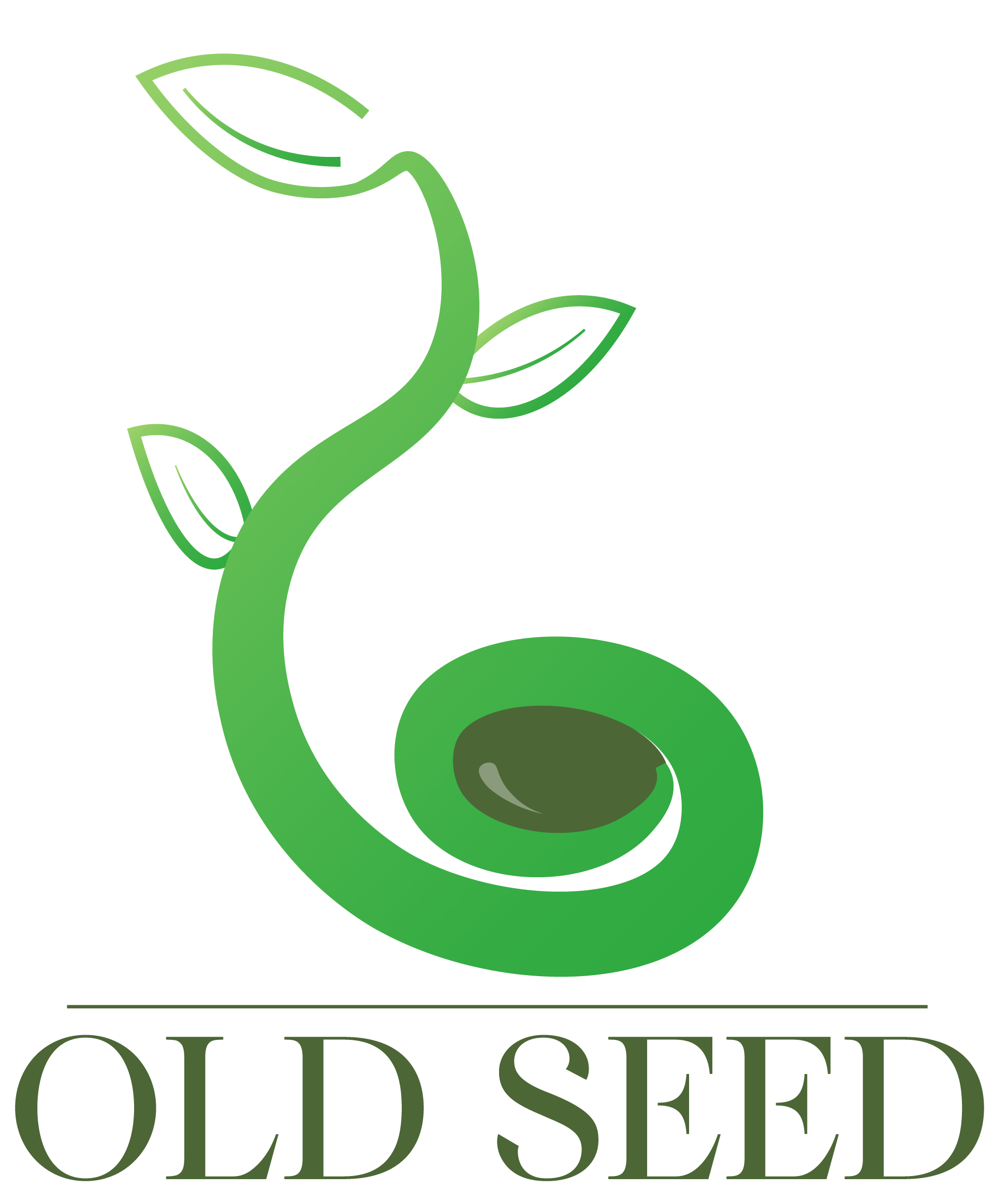

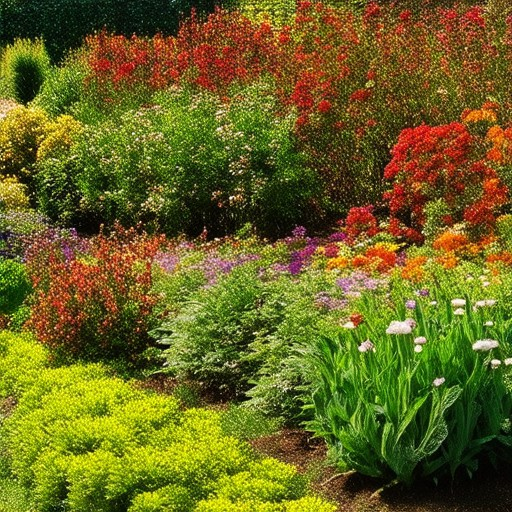
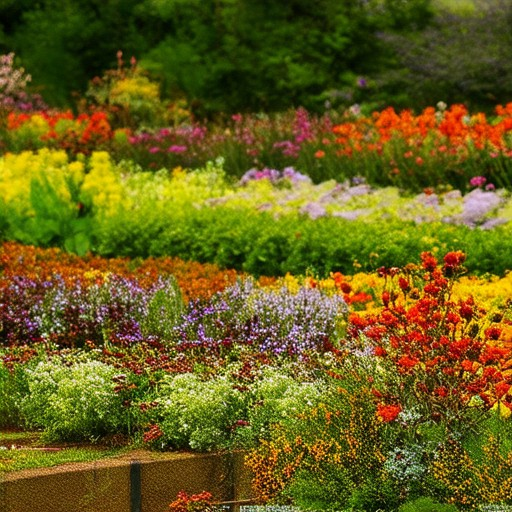
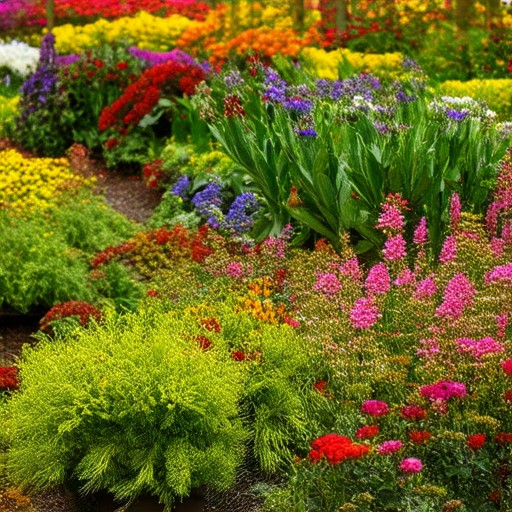

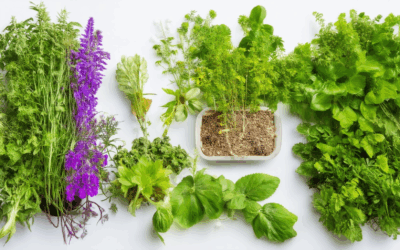
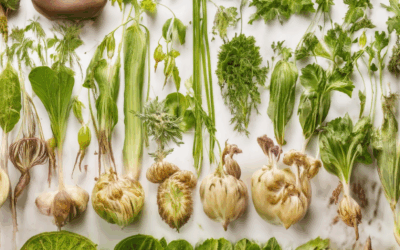
0 Comments